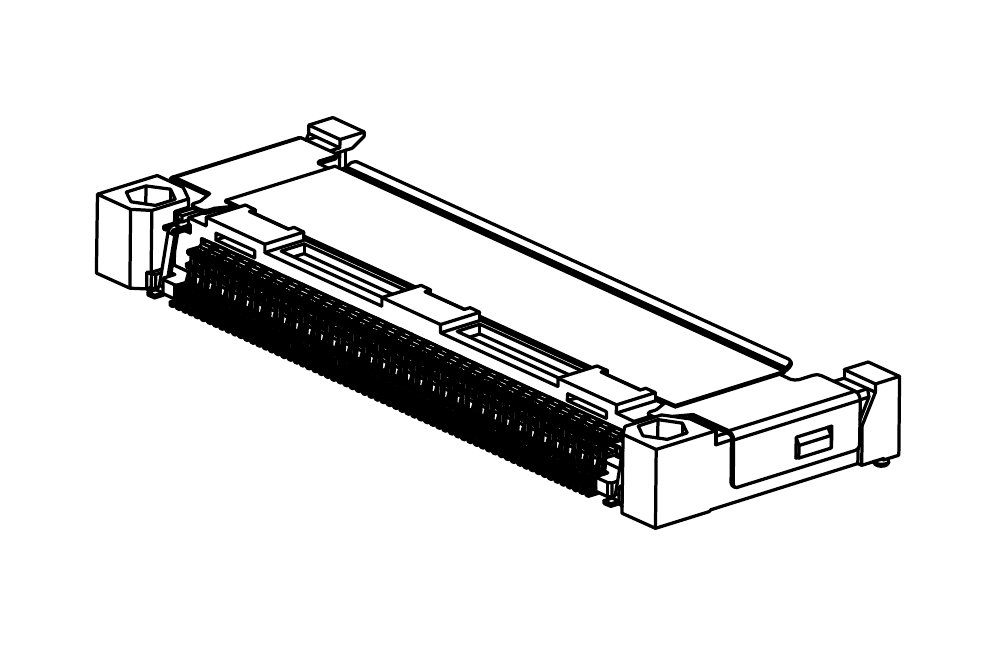We’ve had a number of people, many of you electronics enthusiasts and makers, ask how to connect to the EOMA68 Computer Cards for use in your own electronics projects. We do have some GPIO pins on the Micro Desktop, documented here, however there may be projects that you’d like to do, such as an easier (and, more importantly, reusable!) version of the NODE clam-shell mini-laptop by Chris Robinson. Wouldn’t it be nicer not to have to cut off the connectors to get below the 5-mm height threshold, and to be able to put the Computer Card into a more convenient Housing in order to do testing and development work? Or just… not have to destroy a board in order to use it!
With that in mind, we’d like to add the option of a breakout board (look right and scroll down). It will be very basic: one surface mount PCMCIA header, and tracks to some convenient 2.54-mm-spaced through-holes, but that’s all you really need! Honestly, I wish that I had made this a lot earlier (like, a few years ago) because it was really awkward, before the Micro Desktop prototypes arrived, to poke wires into the PCMCIA connector as a way to get access even to the UART for early debugging purposes.
A breakout board will therefore empower you to tinker with EOMA68 Computer Cards and gain access to an upgrade and re-purposing strategy, even for smaller hand-held devices like the one that Chris made. The whole idea behind EOMA68 is that you can assemble projects from readily available parts, and even design your own two-layer PCBs…. without being restricted to QFP 72 MHz Embedded Arms or 16 MHz Arduinos - now you have convenient access to a 1.2 GHz Dual-core ARM Cortex A7 right now, and who-knows-what in the future, with processors getting faster, cheaper and lower power every year.
